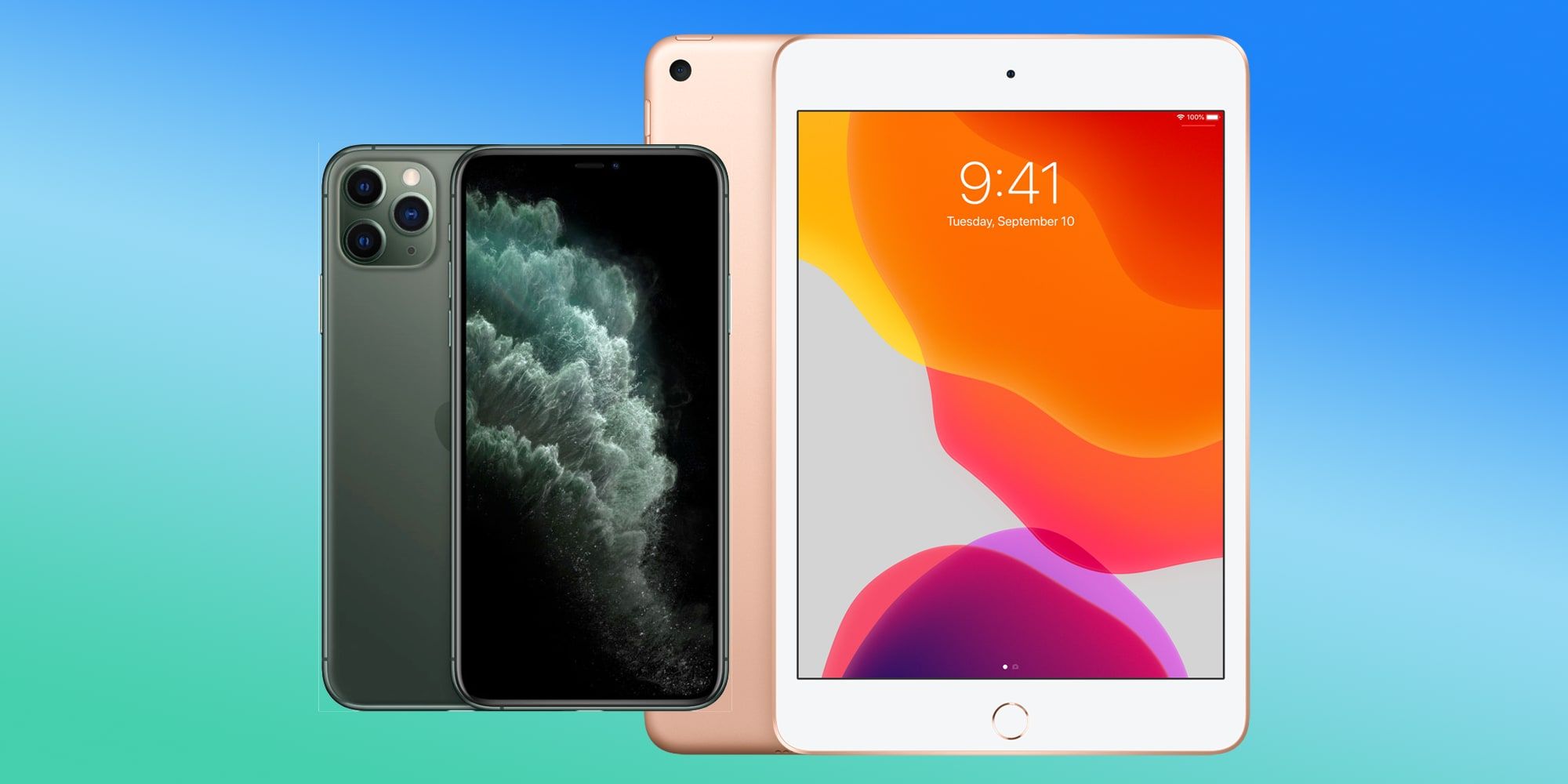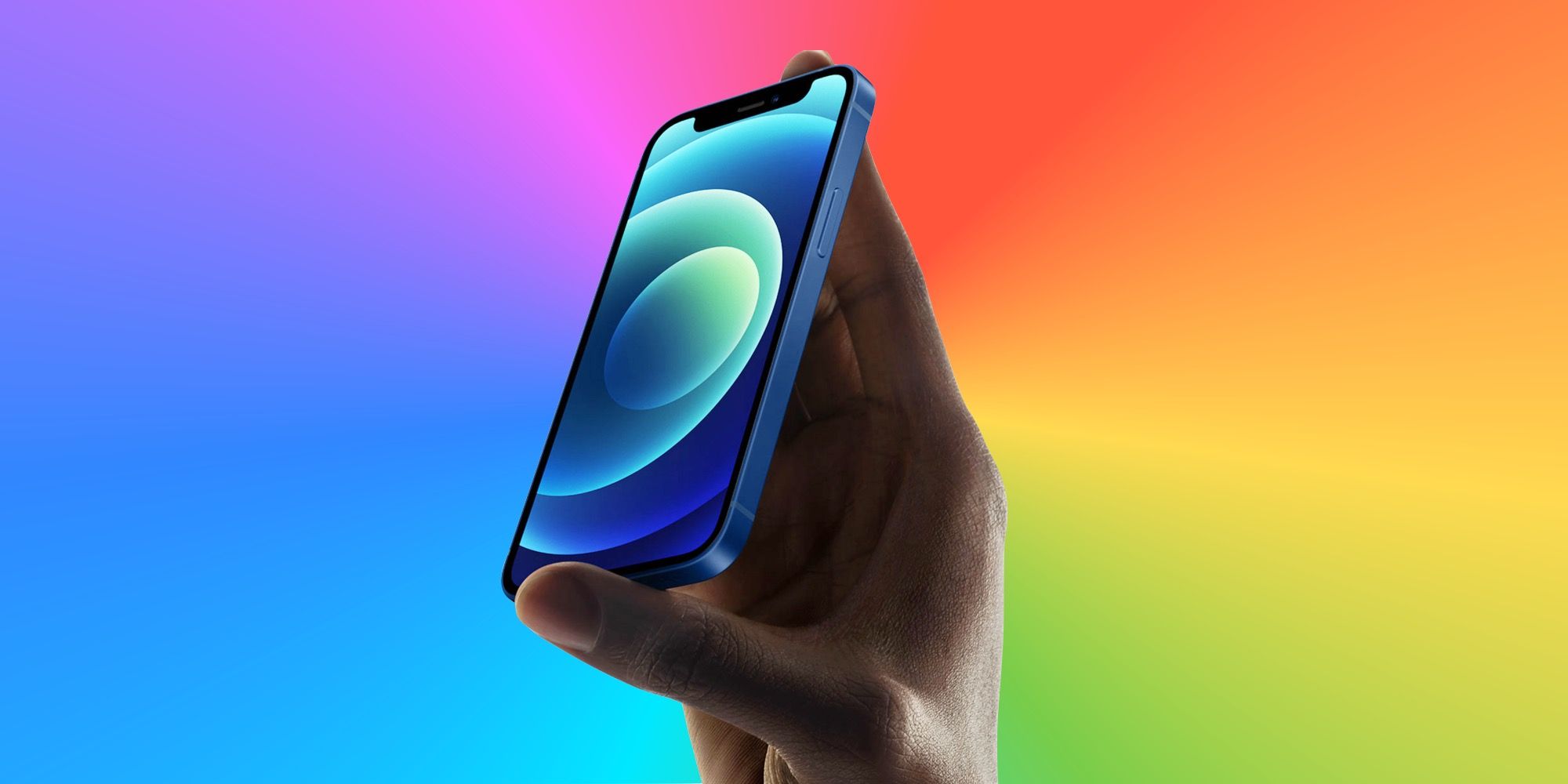Rumors that Apple may be working on a folding iPhone have circulated since the first bendable OLED displays showed up at mobile technology trade shows in the late 2000s. More recently, such phones have become a reality with Samsung expected to launch its third-generation Galaxy Z Fold and the second version of its Galaxy Z Flip smartphones this year. This makes the demand for a foldable iPhone greater than ever.
Apple has increased the size of its iPhone over the years but has done so at a much slower pace than its competitors that make Android-based smartphones. However, the largest iPhone ever made was released in 2020. The iPhone 12 Pro Max has a huge 6.7-inch screen. While still not a massive as a Samsung Galaxy Note 20 Ultra, which has a 6.9-inch display, the difference is not as great as it once was. The rules have changed, though, since folding, flexible displays are now possible. The Samsung Galaxy Z Fold2 has a 7.6-inch diagonal screen measurement when unfolded.
Whether Apple will try to play catch-up and create a foldable iPhone remains to be seen, but the rumors so far have not been very substantial with references from Bloomberg about just the foldable display being tested and nothing else. MacRumors, meanwhile, reported that Apple analyst Ming-Chi Kuo suggests that a foldable iPhone may come by 2023. Both suggest a distant possibility of such a device and, with the massive resources that Apple commands, there is little doubt that the company researches various potential products without investing very heavily until enough technical and planning hurdles have been cleared to make it a reasonable likelihood.
A Foldable iPhone?
There are two ways to fold a phone, vertically, which reduces the height to half normal and horizontally, doubling the width. The iPhone 12 mini is quite small, with its 5.4-inch screen, making it easily pocketable and great for one-handed use. This might negate the need for a half-height, folding iPhone. At the other end of the size spectrum, the 6.7-inch iPhone 12 Pro Max has a very large screen. Modern smartphones, however, have large aspect ratios —19.5:9 for the iPhone 12 — and that means the usable area is much smaller than that of a 4:3 aspect tablet. Mathematically, a square offers more surface area than a rectangle with the same diagonal measurement. That means a double-width foldable iPhone might rival the screen size of an iPad mini, so this seems to be the more useful idea if such a device is ever made.
Any technical barriers to a folding iPhone have disappeared since Apple could simply call upon Samsung to manufacture the display. The iPhone already makes use of Samsung screen technology, so using its flexible screen technology would be a quick and easy solution. The bigger barrier may come from deciding how to fit such a device into its current product line. Would Apple eliminate the iPhone mini and introduce a horizontal fold or might it challenge its own iPad mini by launching a vertical fold? Another consideration is its augmented reality (AR) plans, which may place a virtual TV-sized display in a pair of glasses. With rumors of Apple Glass continuing and CEO Tim Cook emphasizing the importance of AR on many occasions, it may not make sense for Apple to invest heavily in folding phone technology that might be obsolete by the time it launches.


